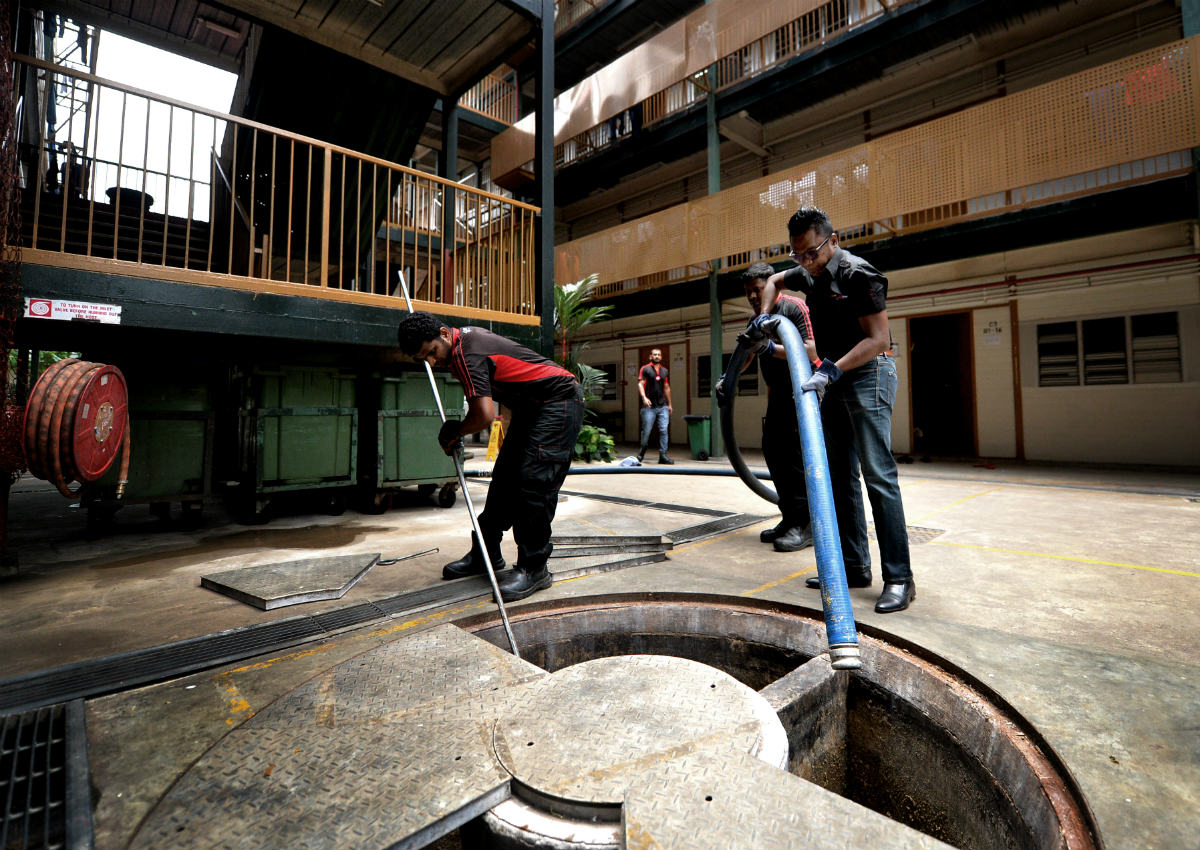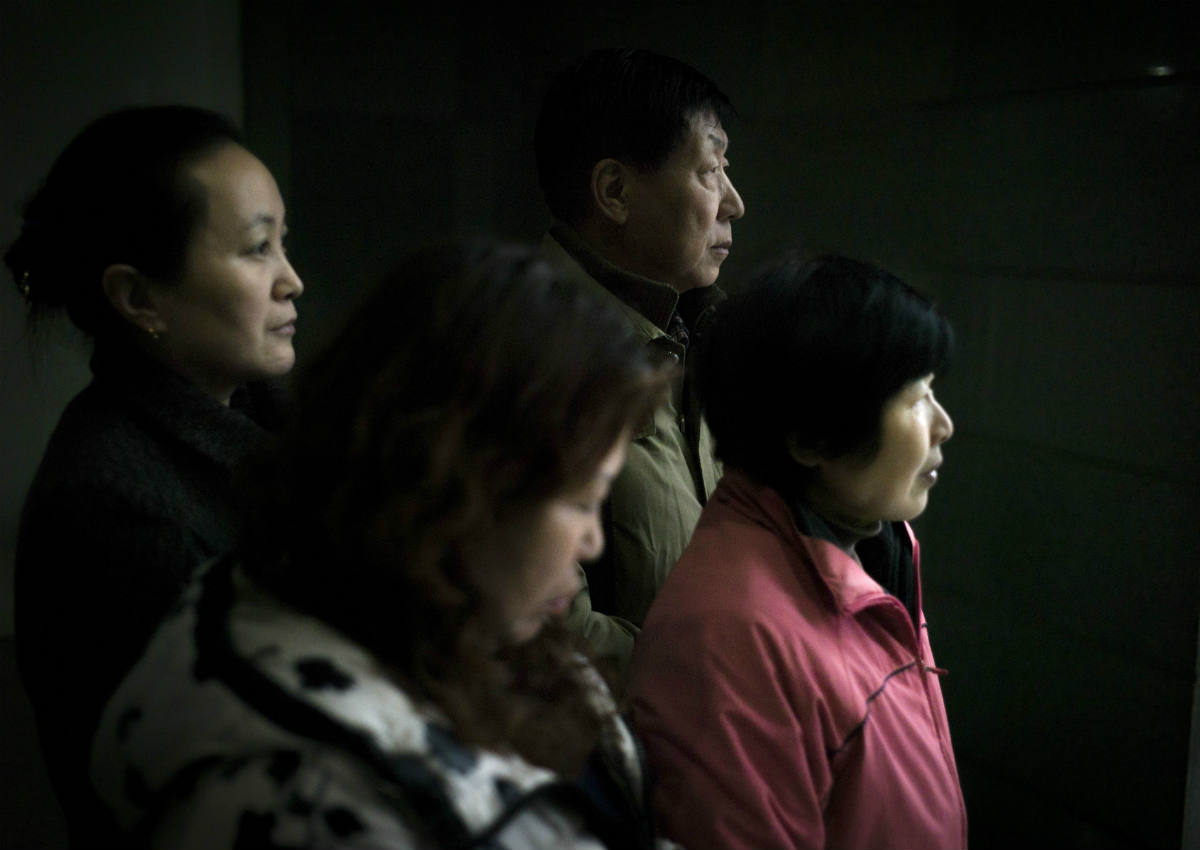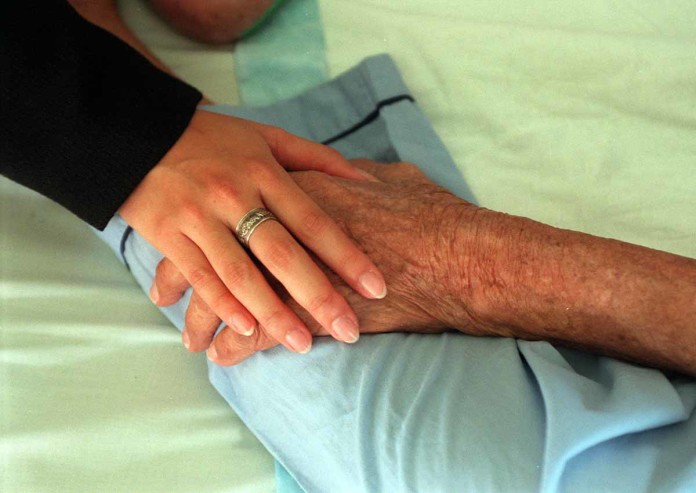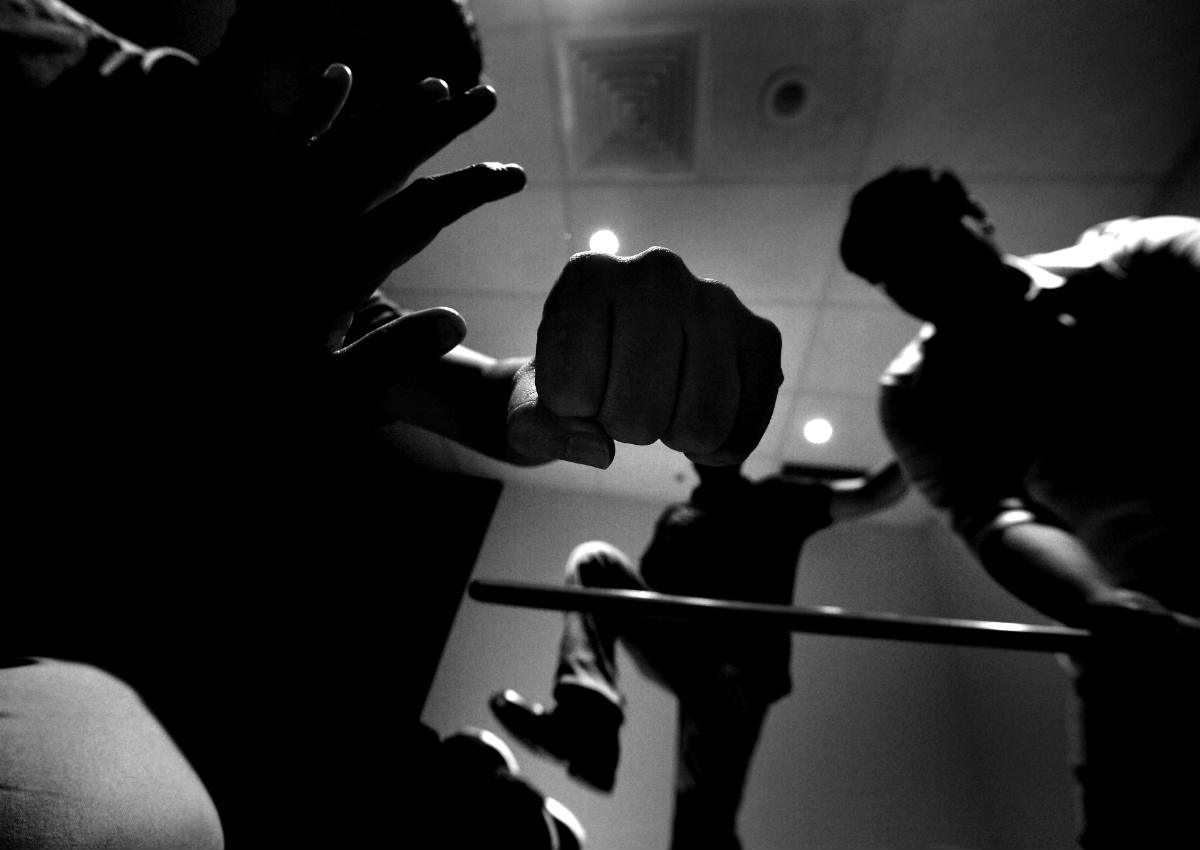At 13, he would prowl the streets and attack random strangers and people he deemed irritating – for no real reason, he admits.
Now 25, Rif (not his real name) admits the attacks were sometimes unprovoked.
He and his friends would go up to people on the street and beat them with fists – and sometimes weapons – because it gave him a sense of superiority.
“People would do things that annoyed me, like make a lot of noise and I could not stand it,” says Rif with regret.
“I was good at fighting and wanted to show it because I knew I could overpower them.”
Rif admits he grew up with anger management issues but cannot explain what caused it.
He’s not the only one. More youths appear to be turning to senseless violence and engaging in brutal attacks.
Foreign workers have often been picked on because they seem to be easy targets.
One of the most violent attacks took place in June 2011.
Sumanthiran Selvarajoo, then 18, attacked Mr Loo Nam Sheng, 64, at an Ang Mo Kio park.
He repeatedly punched and kicked the old man, and even used an umbrella to hit Mr Loo’s shin.
The elderly man died at the scene.
There is no breakdown of police figures for random attacks involving young offenders.
But more young people are getting into fights.
In 2014, 322 of them were arrested for rioting – a 13.8 per cent jump from the 2013 figure.
But it is not just a local trend. The World Health Organisation reported last year that worldwide, four out of 10 young people between the ages of 10 and 29 have been involved in youth violence.
These attacks can have deadly consequences.
On New Year’s Eve in 2013 in Sydney, an 18-year-old was punched for no reason in what was dubbed a king hit.
The thrill for the attackers was to see who could sucker-punch a random stranger and render him unconscious.
The teenager subsequently died.
A week later, another youth was punched and ended up in a coma.
According to UK’s The Daily Telegraph, a Monash University study in March 2014 showed that king hits have resulted in 91 deaths in Australia since 2000.
WORRY
Is there a cause for concern that young people here are following this trend of senseless violence?
Yes, says clinical psychologist Carol Balhetchet.
Dr Balhetchet says: “It does worry me because there have been more cases compared to five years ago.
“I’m wondering why are youths suddenly getting so violent, and I think it could be the pressure-cooker environment here, the stress they face.
“Maybe stress is an easy excuse to explain away their behaviour, but they become aggressive when stressed.”
There’s a lot of angst too, says Dr Michael Loh, a psychologist with more than 30 years’ experience.
Experts believe that this tendency for violence could also be a result of other underlying issues.
“These youths seem to be people who have anger issues and choose to take it out on people who are less likely to retaliate,” adds Dr Brian Yeo, a consultant psychiatrist at Mount Elizabeth Medical Centre.
Rif admits he struggled with anger management issues when he was younger.
He says: “I was hot-tempered, but now I realise it was so pathetic to get into fights so impulsively like that.” Sumanthiran may regret it too now.
On Tuesday, the national athlete hopeful was sentenced to 16 years’ jail and 12 strokes of the cane.
But for his victim, it is too late.
Mr Loo just happened to be there and that was the only reason Sumanthiran needed to pick on him.
EXPERTS: BEHAVIOR LINKED TO TEENS’ FORMATIVE YEARS
It has been five years since Rif last hit someone, and he says he deeply regrets his actions.
He says: “I was very stupid for hurting people. It really was for no good reason at all, and if I could, I would undo it all.”
But what triggers these random attacks?
Says psychiatrist Brian Yeo: “Generally, these cases are very impulsive, spur-of-the-moment types that are fuelled maybe by alcohol or some goading from friends.”
While there have been girls too, the attackers tend to be young men.
Clinical psychologist Carol Balhetchet says boys express themselves more through hitting people, allowing them to “activate their frustrations”.
Girls on the other hand are more likely to engage in a more emotional form of violence.
“For girls, the violence tends to be more insidious. They might go online, start rumours about each other, which while it does not physically harm someone, can still cause hurt,” she says.
VIOLENCE AT HOME
How do you deal with such young people then?
Dr Balhetchet says the first step is to trace the roots of their violent tendencies.
Often, their behaviour is linked to their formative years and those who have faced violence at home can end up perpetuating it when they get older.
Dr Balhetchet, who is senior director for youth services at the Singapore Children’s Society, says: “There’s always an indicator of where the violence comes from.
“If they experienced violence when they were younger and don’t voice it out, it becomes like a balloon that one day will pop when it gets too much.”
But she adds that there is no “one size fits all” treatment that can be applied to these youth.
“No cases are the same, but there is treatment. They can get involved in talk therapy, physical activities or family sessions to relieve the pressure inside,” she says.
PREVIOUS CASES:
June 4, 2011
In the early hours of that day, Sumanthiran Selvarajoo (above), then 18, chanced upon Mr Loo Nam Sheng at a park in Ang Mo Kio. Sumanthiran claimed he had been drinking before the encounter.
When approached, Mr Loo told him he was praying and Sumanthiran got angry. Without warning, he punched the 64-year-old retiree in the face.
After the attack, Sumanthiran called the police and the Singapore Civil Defence Force. He then surrendered himself at the Ang Mo Kio Police Division Headquarters. Mr Loo died at the scene of severe facial injuries.
On Tuesday, Sumanthiran was sentenced to 16 years’ jail and 12 strokes of the cane.
Oct 3, 2014
Daryl Lim Jun Liang (above), 19, Tan Jun Liang, 18, and two 15-year-old boys met around 3am at a void deck in Yishun to look for foreign workers to beat up.
After three hours of searching, the four teenagers spotted construction worker Zuo Yu Nian at Yishun Avenue 6.
They attacked the Chinese national, punching him several times in the face before fleeing.
About two weeks earlier, on Sept 21, they had attacked another construction worker, Indian national Selvaraj Madankumar, 27, in the same area and left him bleeding from a cut lip.
In March last year, Lim pleaded guilty to assaulting Mr Zuo and was sentenced to a detention order of 10 days.
June 4, 2015
Raaga Deepan Anbalahan, then 18, was walking along Woodlands Avenue 8 at about 2.10am when he saw three men cycling towards him.
As they passed him, the teenager suddenly grabbed one of the cyclist’s bicycle handles.
When the rider, Chinese national Yang Jian Liang, started dismounting from his bicycle, Raaga punched him in the face before fleeing the scene.
Mr Yang and his two companions caught up with Raaga and detained him at Block 780C, Woodlands Dew, before calling the police. Raaga had apparently attended a birthday party earlier that day and consumed 12 glasses of hard liquor.

This article was first published on March 6, 2016.
Get The New Paper for more stories.

















































































































































